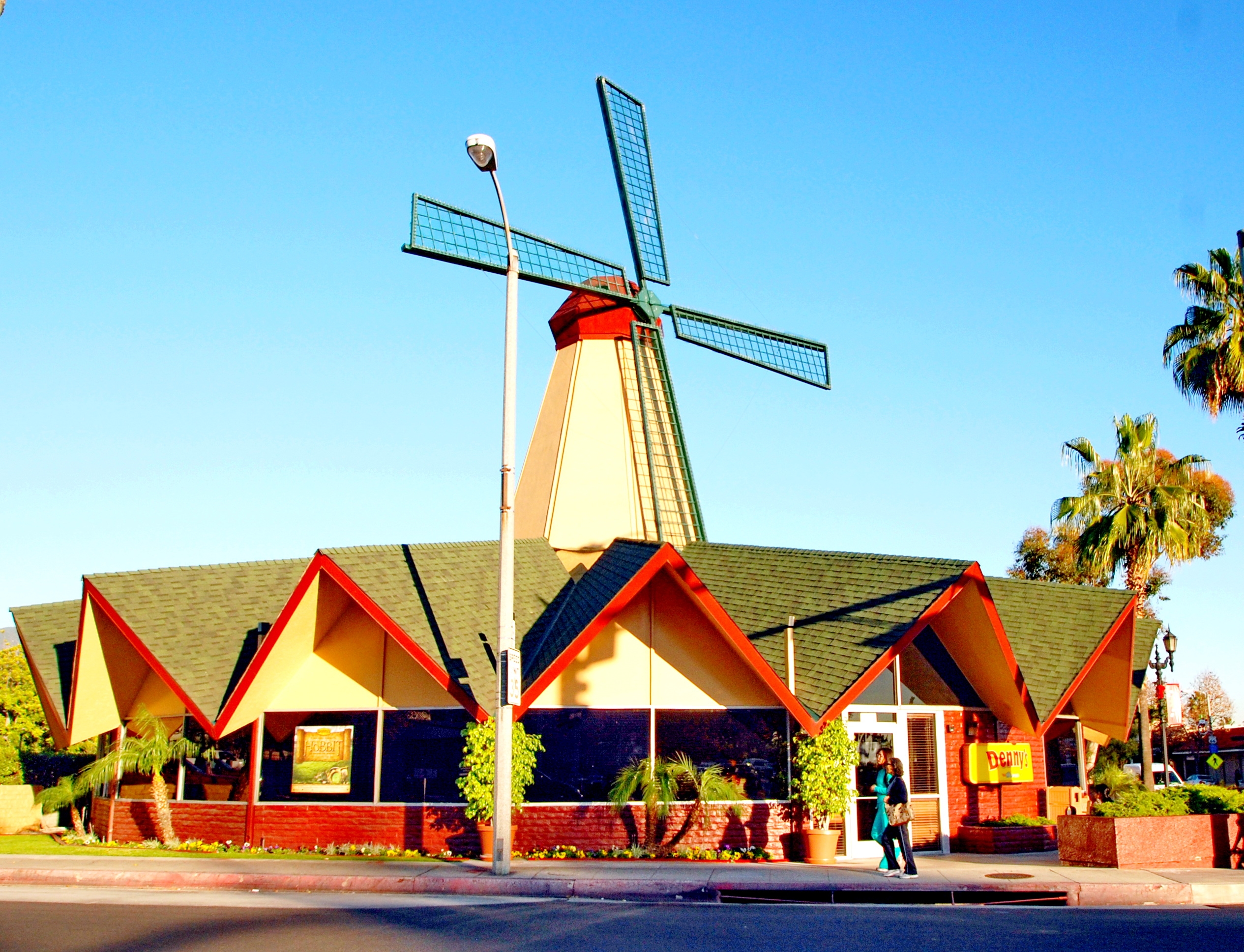
Place
Hollyhock House
Frank Lloyd Wright's first Los Angeles project thrives as the centerpiece of a civic arts complex.
Resolved
Proposed budget cuts threaten L.A.’s only UNESCO World Heritage site


Place Details
Address
Architect
Year
Style
Decade
Property Type
Community
Overview
Built between 1919 and 1921, Hollyhock House was the first Los Angeles commission for the legendary architect Frank Lloyd Wright. He designed it for Aline Barnsdall, a wealthy iconoclast and patron of the arts. Barnsdall envisioned the house as the centerpiece of an artists’ colony on Olive Hill in the neighborhood of Los Feliz.
Featuring a decorative motif inspired by Barnsdall’s favorite flower, Hollyhock House is an extraordinary and early expression of Southern California architecture.
In 2019, the Hollyhock House and seven other U.S. sites designed by Frank Lloyd Wright were listed as UNESCO World Heritage Sites. This is the only place in Los Angeles that has attained this level of international cultural heritage recognition.
About This Place
About This Place
Wright referred to his design for the house as “California Romanza,” from a musical term meaning “freedom to make one’s own form.”
Construction was supervised by Wright’s son Lloyd Wright, and the project brought a young Rudolf Schindler to Los Angeles. Due to intense differences between Wright and Barnsdall, only three buildings were constructed, and Barnsdall rarely occupied her residence. In 1927, she donated the property to the City of Los Angeles for use as an art park.
The house is monumental in form, yet it seamlessly integrates the indoors with outdoor gardens and living spaces. Its structural system predates the textile-block system Wright would use in his other Los Angeles houses.
While the interior is remarkable throughout, the living-room hearth—topped by a skylight and integrating a seemingly floating hearthstone, bas-relief stone mural, and wood-slat screen—provides a particularly dramatic focal point.
Regular maintenance kept the house in good condition over the years. Yet it was renovated several times, had long suffered from water intrusion, and was damaged in the 1994 Northridge earthquake. In 2007, the City and Project Restore, a public-private partnership, began planning a project to address structural needs and restoration. In 2010, the project team began four years of work to repair and prevent water damage, seismically strengthen the house, restore historic elements, and reverse past alterations.
Hollyhock House reopened to the public in February 2015, and the meticulous project earned a 2015 Conservancy Preservation Award. This project was a major achievement for the City of Los Angeles, as well as clear evidence of the value of civic investment in historic places.
Our Position
The initial City of Los Angeles’ proposed 2025-2026 budget included major cuts to the Department of Cultural Affairs, which supports our beloved Barnsdall Art Park. The cuts threatened LA’s only UNESCO World Heritage site: Hollyhock House, Frank Lloyd Wright’s architectural masterpiece.
Seven essential staff positions at Barnsdall were at risk under the proposed budget, including three of Hollyhock House’s four full-time positions. The City’s proposed cuts meant that the house would have to suspend public tours.
A revised budget that was overseen by the Budget and Finance Committee and the Chief Legislative Analyst, proposed to restore these positions by drawing from alternative funding identified by the Department of Cultural Affairs. On May 15, 2025, the City Council approved this revised budget, restoring funding for the upcoming fiscal year.
Hollyhock House welcomes many thousands of Angelenos and tourists every year. It’s a source of pride and revenue for the City. The City worked for over fifteen years to attain United Nations Educational, Scientific and Cultural Organization (UNESCO) status for Hollyhock House. Any cuts will adversely affect the preservation, protection, and public access to this site, potentially jeopardizing its UNESCO designation.
Programming at the Los Angeles Municipal Art Gallery and Barnsdall Gallery Theatre would also have be greatly reduced. The low-cost fine art classes at Barnsdall Arts Center and Barnsdall Junior Arts Center, provided to thousands of local children and adults annually for over 50 years, will be significantly diminished.
Though this fiscal year’ crisis has been averted, Barnsdall Art Park and the Hollyhock House both deserve long-term funding commitments from Council and Mayor’s office.
How You Can Help
The positions originally slated for layoffs have been restored in the latest revised budget, which was adopted by the City Council on May 15, 2025.
Thank you to all supporters who wrote or called in in support of this important historic place.


